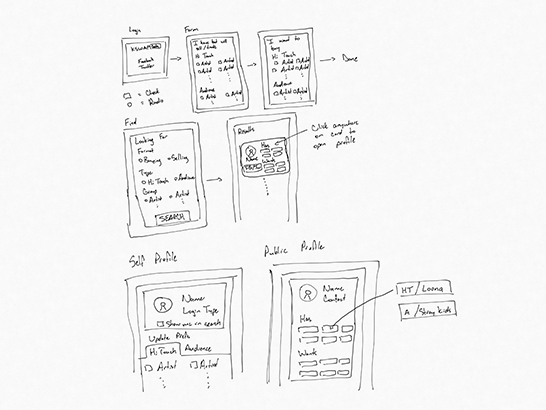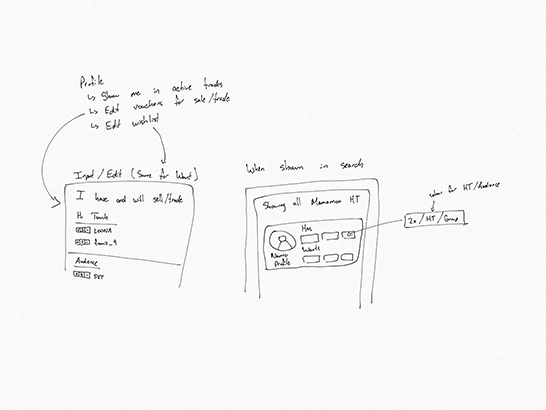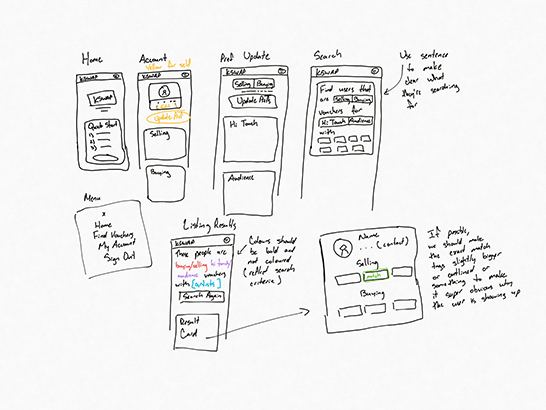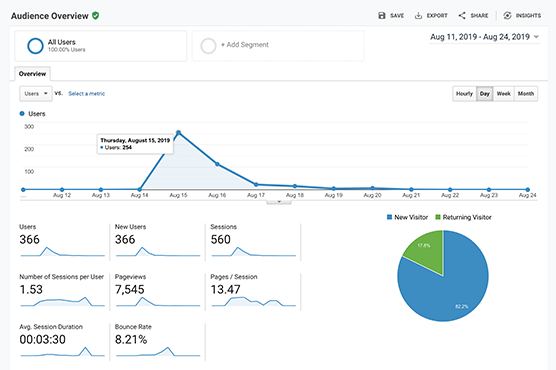Kaeswap
The best Kpop merchandise exchanging platform.
Links
Tools
React, Redux, Redux-Saga, Firebase, Netlify, Concepts (for iPad)
Highlights
Highlights from working on this platform include:
- Taking the product to market by advertising across relevant social media channels (i.e. Facebook, Discord)
- Generating more than 7500 page views from 350+ unique users with 57 total signups over the span of 3 days
- Simplifying a complex problem into its core components and creating a hyper-optimized experience for the single use case
- Iteratively designing an intuitive data entry workflow to minimize time spent onboarding in efforts to reduce premature churn
- Conducting feedback sessions with prospective users to validate our design hypotheses and product decisions
- Using the finished product successfully to procure a voucher of personal interest
Context
Every year, CJ E&M organizes and hosts a series of Korean wave conventions around the world under the KCON brand. Popular Korean artists attend these conventions and participate in a variety of engaging events in which convention goers can attend, provided that they have the appropriate artist engagement voucher.
There are two ways to get these vouchers:
- Purchasing a randomized booklet of vouchers from the KCON event itself. Though this booklet is available at a (high) fixed price, both the artist and engagement type are unknown to the buyer ahead of purchase and is thus a largely chance-based experience.
- Purchasing a voucher of interest from an unofficial reseller, likely someone that purchased one or more randomized booklets but did not receive the voucher combinations that they were looking for. Though going this route means that you'll likely be able to get the vouchers you desire, it comes with the trade-off of having to pay the asking price of the seller, which is often significantly higher than the cost of a single randomized voucher.
The problem here is clear. The first option provides a low cost way to obtain vouchers but not necessarily your desired vouchers. The second option provides a way to obtain your desired but not necessarily at a reasonable price. Moreover, the latter option invites dishonesty. There is no standard price for resale, and thus depending on who you talk to, the price for a resold voucher can differ drastically.
Inspiration
Having gone through this process for 3 years and having watched the resale prices grow higher and higher, my friends and I knew that there had to be a better way. Thus, Kaeswap was born; a way to solve both of these problems by helping to connect people with the vouchers they wanted while also creating a transparent pricing environment to ensure that people could obtain these vouchers at a fair price.
Role
Throughout this project, I acted as both a product person to define the vision for the platform and as a front end engineer, helping to build the product as fast as possible. Though not a technically complex project, there was still a lot of work that had to be done to ensure that the end product was simple and intuitive to use to make the experience as hassle-free as possible.
Process
Design and Development
The first step in this project was making sure that the requirements and constraints were well defined. This would ensure that there was a clear path forward for technical implementation. The specifications of the platform were defined as follows:
- 1) Users should be able to list the vouchers they have for sale as well as the vouchers they wish to buy in a standardized format
- 2) Users should be able to quickly search for voucher buyers and/or resellers without having to sign in and without having to learn a complex query language
- 3) Users should be able to add their preferred contact methods to their profile
With these key requirements defined, it was then possible to create low fidelity mockups of the UI and ideal UX for the platform.
While working through potential designs for the voucher posting, voucher wish listing, and voucher search process, we quickly realized that given that there was a known, small, and finite set of unique vouchers available, it was possible to dramatically simplify each of these workflows into just two forms: a single, comprehensive voucher inventory and wish list form and a single, comprehensive voucher search form.
Following this breakthrough, a couple more design iterations were made and the design was locked in.
The next step was to figure out how we were going to authenticate users and how we would enable them to contact other users. Knowing that KCON was set to occur in just over 2 months from when we started work on the project, we decided that it would make the most sense to use a managed, OAuth-based system to allow users to sign in using Facebook and Google. This removed the need to implement a secure and robust login system given the accelerated timeline and enabled us to spend more time delivering the core features. An added benefit of this approach was that it helped to prevent spam or bot users from being rapidly created on the platform thus increasing the perceived quality ("realness") and trustworthiness of actual users accounts.
Having figured out the high-level UI/UX and authentication strategy, it was then time to implement. Knowing that time was not on our side, we opted to use technologies that we were already somewhat familiar with to speed up the development time. After some internal deliberation, the stack that we settled on was React and Redux for the frontend and Firebase as the both backend (Authentication and Cloud Functions) and datastore (Firestore). As we had no real idea of how much traffic to expect on launch, we opted to host the platform on Netlify to give us piece of mind knowing that we'd be able to handle a sudden spike in traffic if the platform proved to be popular. Since both Firebase and Netlify offer generous free tiers, the only cost to us was our custom domain.
With development underway, in order to ensure that our platform worked as intended and adequately addressed the problems that we set out to solve, we reached out to our friends that were familiar with the voucher exchange process from past KCON events and asked them to user test our platform. Their feedback not only helped us validate the usability and intuitiveness of the core workflows that we had designed, but more importantly, gave us confidence that the idea was going to be received well as the KCON deadline quickly approached.
Marketing
The last and most important piece of the puzzle was acquiring users. The two main ways that people typically find buyers and resellers of vouchers are:
- directly outside of the convention hall
- through a collection of convention-related Facebook groups
Given that we were a small team of four, in order to get the word out about our platform and gain visibility as quickly as possible, we focused our efforts exclusively on the digital space. Not only did this ensure that we could reach a much wider audience much more quickly than advertising in person, but it also enabled us to reach users that we may not have been able to otherwise generate impressions from as the posts would remain active overnight and throughout the duration of the convention, thereby allowing people to discover the platform without having to be in the same physical location as us. An additional benefit of this digital-focused approach was that we were able to provide quickly actionable links (i.e. signup CTAs) and more importantly, highly sharable links into the platform, thus making the experience of onboarding and spreading the platform among friend groups as effortless as possible.
As part of the marketing effort, I reached out to several Facebook group admins to pitch our platform and ask for permission to post within the groups. In aggregate, we were able to advertise our platform across 3 groups that collectively comprised of approximately 7000 unique users.
Outcome
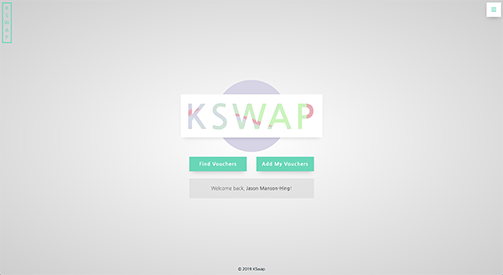

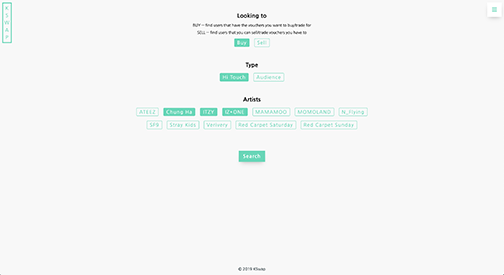
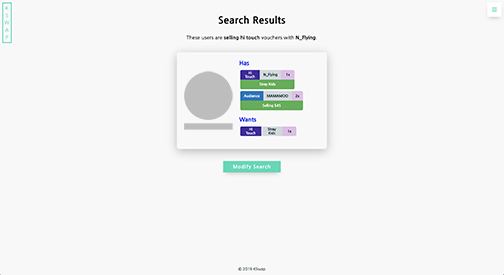
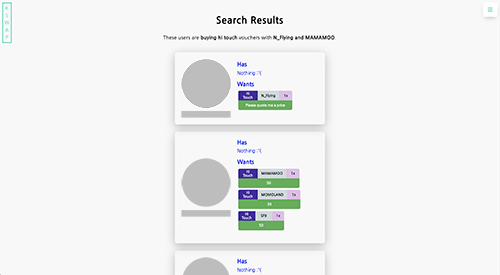
In just over two months, we were able to create a highly focused voucher exchange platform. By defining a very narrow scope with only 3 key product requirements, we were able to create an optimized workflow for both buyers looking to quickly find their desired vouchers and sellers looking to quickly offload their unwanted vouchers.
Given that there was a well-defined, finite list of vouchers available, we were able to minimize the number of steps required to both find and list vouchers. This was achieved with two key workflows:
- Users could post all of their vouchers for sale and desired vouchers at the same time using a single form that had every possible voucher combination listed with the option of specifying a quantity and price for each
- Users could search for one or more vouchers at the same time by exposing all available vouchers in a single, multi-selectable form
Together, these two core workflows allowed users to quickly list and search for vouchers within minutes of signing up for an account. Search results were grouped by user, not by listing, allowing users to only have to contact each potential buyer or reseller once and thus minimizing mental overhead of needing to remember which users they've already contacted. This had the added benefit of showing users the market rate for other vouchers that they might not necessarily be interested in to help them create a reasonable price anchor when trying to acquire their desired vouchers or sell their own vouchers.
Over the span of the convention's weekend, we were able to generate over 7500 page views from over 350 unique users, ending the event with a grand total of 57 unique sign ups. Assuming no sharing via word of mouth and that all 7000 unique Facebook group members saw our post, this means that we had a click-through rate of more than 5% and a signup conversion rate of more than 16%. Considering the Facebook posts were launched the day before the convention started, I'd consider these results a modest success. In fact, I was able to find a reseller of a voucher that I was interested in at a reasonable price through the platform and had several people contact me about buying some of the vouchers that I had listed for sale as well.
Reflection
This project was definitely novel in concept and a great exercise in distilling a problem into its absolute minimum requirements. With just over two months of planning and development work split between four people, we were able to create a real, useable platform that accomplished all of the goals that we set out to achieve. Not only were we able to acquire more than 50 real users, but the results also validated the viability of a Kpop-focused trading platform. With a successful KCON launch behind us, we've chosen to continue working on the next iteration of Kaeswap with the end goal being to expand the scope of the platform from being KCON-specific to being a more general Kpop-related marketplace.
